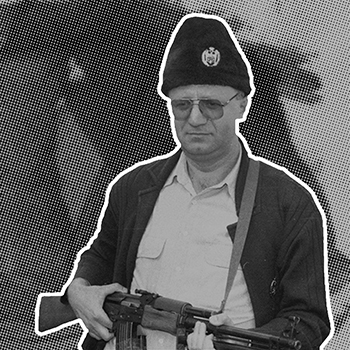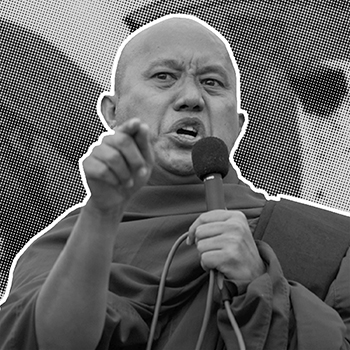
Introduction: Incitement to
Genocide in Rwanda

An International Criminal Tribunal for Rwanda (ICTR) indictment alleged that, in April 1994, Kalimanzira went to the “Jaguar” roadblock in Butare Prefecture, where Tutsis were being stopped and murdered, and handed a rifle to Marcel Ntirusekanwa in the presence of several others who were also manning the roadblock. Upon providing the rifle, he told everyone present that “the gun was to be used to kill Tutsis”. Based on this, Kalimanzira was charged with direct and public incitement to commit genocide.

Callixte Kalimanzira was convicted at the International Criminal Tribunal for Rwanda (ICTR) of, inter alia, direct and public incitement to commit genocide for giving a speech at a checkpoint urging militia to kill civilian Tutsis. But this was overturned on appeal because the speech was not found to be sufficiently “public”.
- Direct i.e., given the context, whether the persons for whom the message was intended immediately grasped the implication thereof.
- Public i.e., to a number of individuals in a public place or to members of the general public at large by such means as the mass media.
- Incitement i.e., constituted incitement (based on considering the speech’s purpose, text, context and relationship between the speaker and subject).
- Mens Rea i.e., double-layer – intent to provoke another to commit genocide and intent that genocide be committed.
01
Direct

i.e., given the context, whether the persons for whom the message was intended immediately grasped the implication thereof.
02
Public

i.e., to a number of individuals in a public place or to members of the general public at large by such means as the mass media.
03
Incitement

i.e., constituted incitement (based on considering the speech’s purpose, text, context and relationship between the speaker and subject).
04
Mens Rea

i.e., double-layer – intent to provoke another to commit genocide and intent that genocide be committed.
In 2009, the ICTR found the incitement was ‘public’ i.e., it took place in a public place (a communal road) to a group of persons.
“The Chamber therefore finds that sometime in mid to late April 1994, Kalimanzira stopped at the Jaguar roadblock and handed a rifle to Marcel Ntirusekanwa in the presence of several others who were also manning the roadblock. Upon giving the rifle, he told everyone present that the gun was to be used to kill Tutsis…The rifle was not intended to be distributed to Marcel in particular or to be used by him only; the gun and the instructions were disseminated to the group. The incitement to kill Tutsis was clear, direct, and in a public place, to an indeterminate group of persons.”
In 2010, just one year later, the Appeals Chamber surprisingly overturned the conviction finding that the roadblock was not “public.” This was so even if previous jurisprudence had suggested that a public road was a “public” place, that a potentially large “number of persons” were at the location, and that the speech was on behalf of the government – it was not a “private” discussion.











